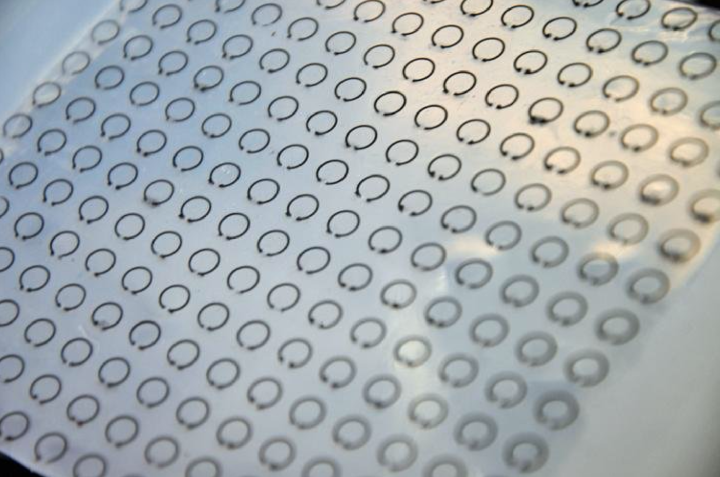
So what does this mean, practically? Sadly, this material wouldn’t hide you from plain view — you’d still be visible to the naked eye. But interestingly enough, the meta-skin would render you invisible from certain types of cameras. This would be hugely useful in security operations, where hiding certain objects (or even people) from surveillance could be key.

Even more exciting, a second totally separate approach towards invisibility is also being engineered by researchers at UC Berkeley. Rather than using the “electric split ring resonators” the folks from Iowa have employed, the California team features “arrays of golden nano-antennas which manipulate phases of light to redirect the light in such a way so that its effectively invisible to our retinas from any angle,” PSFK reports.
“This is the first time a 3D object of arbitrary shape has been cloaked from visible light,” UC Berkeley team leader Xiang Zhang told PSFK. “Our ultra-thin cloak now looks like a coat. It is easy to design and implement, and is potentially scalable for hiding macroscopic objects.”
And while the two teams have different thought processes behind their innovations, both agree that the possible use cases for real invisibility cloaks are all but boundless. “It is believed that the present meta-skin technology will find many applications in electromagnetic frequency tuning, shielding and scattering suppression,” the University of Iowa engineers wrote in their paper.
We’re still Muggles, but we may be able to adopt some pretty magical technology in the near future.


